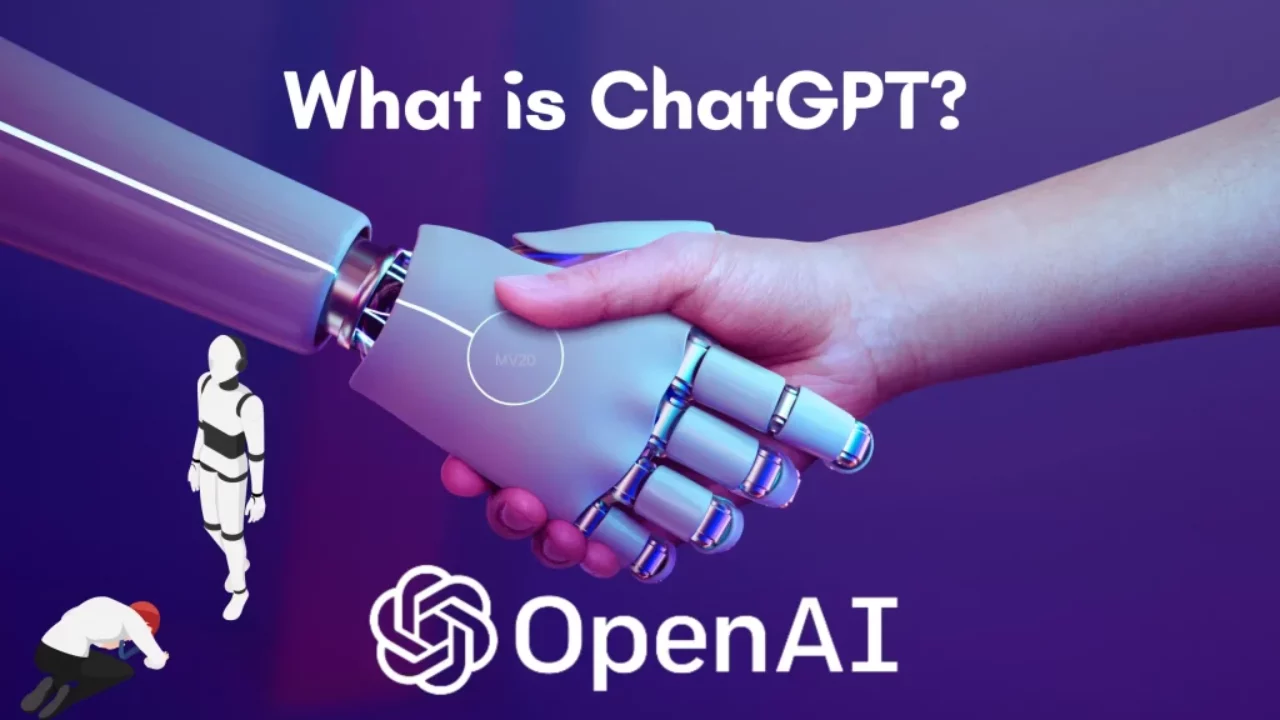ChatGPT is a Type of Generative AI (and this post is an example)
(The best way to understand ChatGPT and Generative AI is to show what it can do. So, everything below this line was written by ChatGPT based on the prompt “Write an article about Generative AI and ChatGPT that explains what it is and how it can be used for good or evil”. I added the subtitles and a sentence on the cybersecurity implications of ChatGPT (using RED text) that we are already witnessing. Other than that, everything was written by a bot. – John )
Artificial Intelligence (AI) is a rapidly growing field that has the potential to revolutionize the way businesses operate. From automating repetitive tasks to making complex decisions, AI is already being used in various industries to improve efficiency, reduce costs, and enhance the customer experience. However, one area of AI that has gained particular attention in recent years is Generative AI. This technology, which allows AI systems to create new content, has the potential to change the way businesses work in ways that we can’t yet fully anticipate.
One of the most significant changes that generative AI will bring to businesses is the ability to automate the creation of content. For example, a generative AI system can be trained to write news articles, create social media posts, or even compose music. This will save businesses time and money while also allowing them to create more content than ever before.
An Example of Generative AI
ChatGPT is an example of generative AI applied to content creation and is a type of language model developed by OpenAI. It is based on a technology called “transformer” which allows it to understand and generate human language. Essentially, ChatGPT is a program that can understand and respond to natural language text input, it can answer questions, summarize information, generate text and even complete a text given some initial context.
For example, if you ask ChatGPT to write a news article on a specific topic, it can use the information it has learned from a large dataset of text and write an article on that topic. Similarly, it can answer a question that you might ask, such as “What is the capital of France?” or “What is the definition of AI?”. Additionally, it can generate text such as poetry, song lyrics, story, and so on.
It is used in various applications such as chatbots, virtual assistants, automated content generation, language translation, and more. It can be fine-tuned for specific tasks by training it on a smaller dataset of text that is related to that task.
It is a powerful tool for natural language processing, it is capable of understanding and generating human-like text and can be useful in various industries. However, like any AI technology, it has its limitations and it’s important to keep in mind that it’s not always going to produce perfect results.
Other Uses of Generative AI
In addition to creating content, generative AI also has the potential to improve the decision-making process. This is because it can analyze large amounts of data and identify patterns that humans may not be able to see. For example, a generative AI system can be used to predict future market trends, identify potential fraud, or even recommend personalized products to customers.
The Risks of ChatGPT and Generative AI
However, with any new technology comes risk. One of the main risks of generative AI is the potential for it to produce fake or biased content. For example, a generative AI system that is trained on biased data could produce content that is racist, sexist, or just plain inaccurate. This could lead to serious damage to a company’s reputation and credibility.
Another risk of generative AI is the potential for it to be used for malicious purposes. For example, a generative AI system could be used to create deepfake videos or fake news articles that spread misinformation and cause chaos. This could have serious consequences, not just for businesses but for society as a whole. It can also create phishing emails for cybercriminals who don’t speak English, can write malicious software code for malware, ransomware and other tools used by cybercriminals, and it can do it all for free and in a matter of minutes.
In conclusion, Generative AI is a powerful technology that has the potential to change the way businesses work in many ways. However, as with any new technology, it also poses risks that need to be carefully considered. Businesses should be aware of these risks and work to mitigate them in order to fully harness the power of Generative AI.
___________________________
Cybersecurity keynote speaker John Sileo’s newest keynote speech, Hacking A.I. – Cybersecurity in the Age of Artificial Intelligence, explores the changing landscape of technology and cyber threats due to tectonic shifts fostered by ChatGPT, Generative AI, cloud computing, deep fakes, and adaptive ransomware. For every good use of technology, there is a corresponding evil intention exploited by cybercriminals, corporate spies and rogue nation-states. Your awareness, response and resilience has become even more vital to your organization’s performance and reputation. John is offering a limited number of 24 Hacking A.I. keynotes this year due to advanced bookings of his other keynote speeches. Bring him in for this business-oriented, non-technical, cutting-edge cybersecurity update by calling us directly on 303.777.3221 or filling out our Contact Us form.



